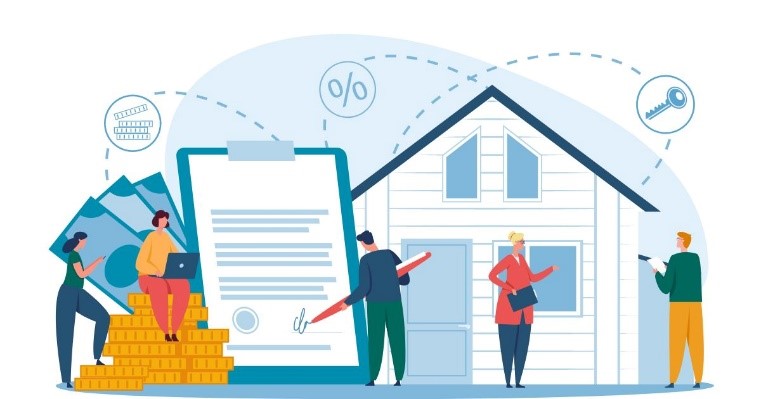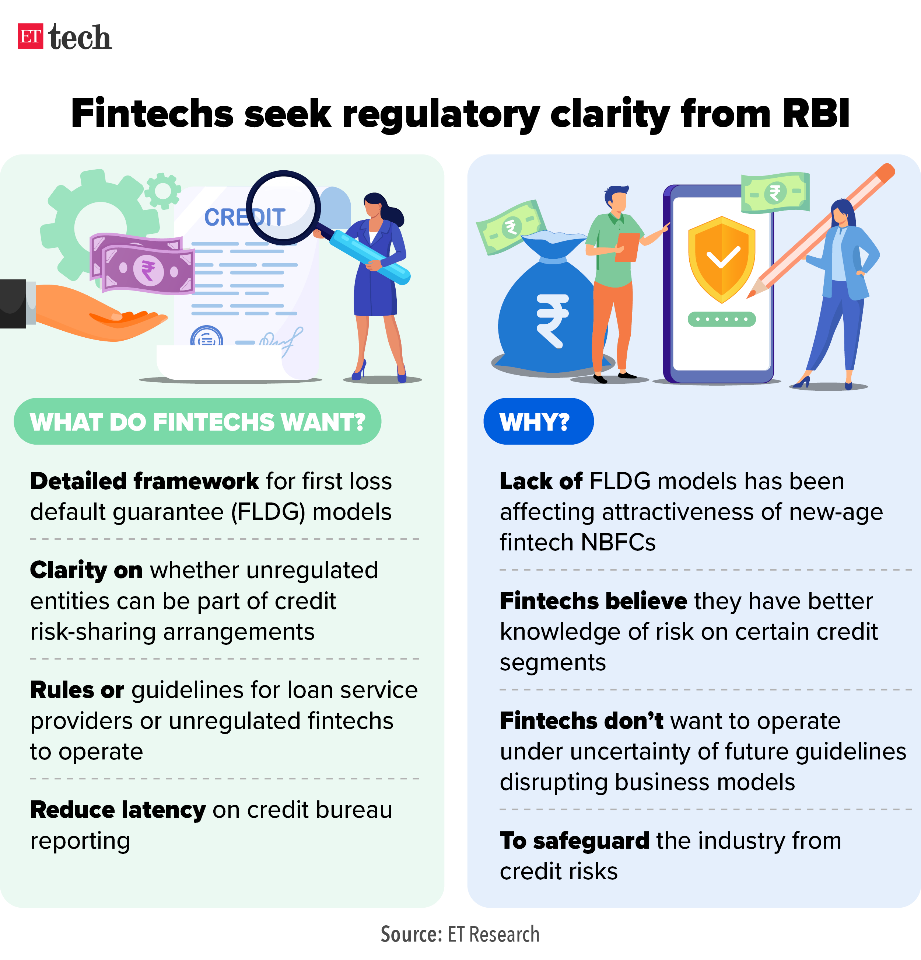Free Courses Sale ends Soon, Get It Now


Free Courses Sale ends Soon, Get It Now



Disclaimer: Copyright infringement not intended.
Context
What is FLDG?
Lack of clarity (Previously)

Current Scenario
Collection Efficiency Model
Revenue-Sharing Model
Closing Remarks
The trust between the fintech and bank for such arrangements will come only when the relationship becomes seasoned.

© 2024 iasgyan. All right reserved